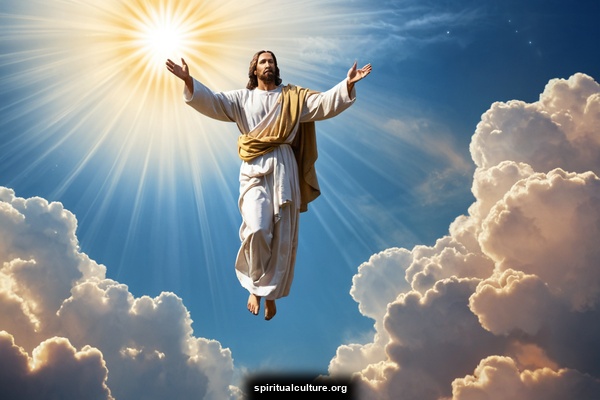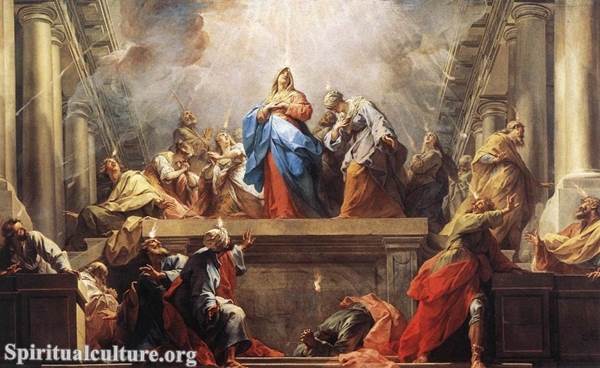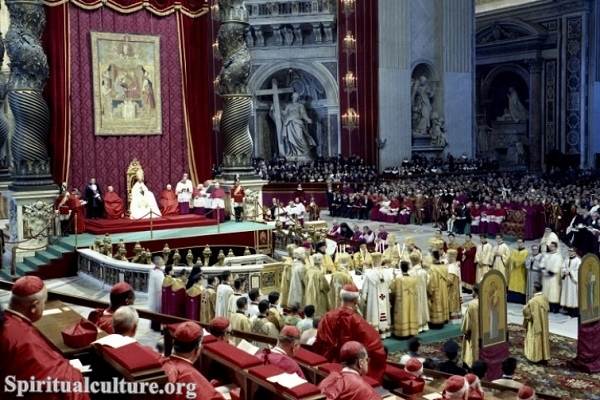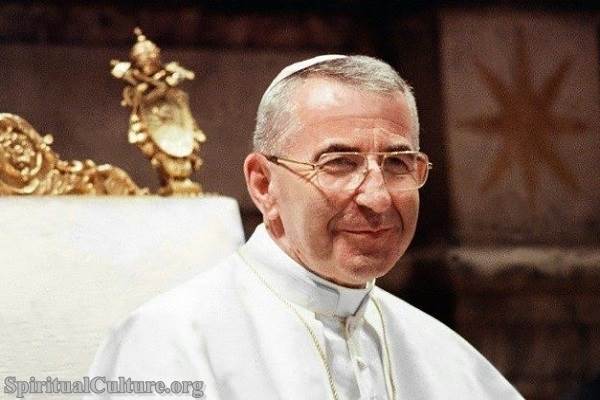Ascension Day, often overlooked by many, is a cornerstone in the Christian liturgical calendar. Celebrated 40 days after Easter Sunday, it marks the ascension of Jesus Christ into heaven, an event described in the New Testament. Beyond being a historical observance, Ascension Day resonates deeply with themes of hope, renewal, and divine purpose. Its significance stretches across centuries, cultures, and denominations, serving as a bridge between Easter and Pentecost while underscoring Christ’s divine mission.

This article delves into the profound aspects of Ascension Day: its biblical roots, historical development, theological implications, cultural observances, and its place in modern worship.
1. What Is Ascension Day? A Biblical Overview
Ascension Day, also known as the Feast of the Ascension, occurs 40 days after Easter Sunday, signifying Jesus Christ’s ascension to heaven. This pivotal moment in Christian theology reflects the completion of His earthly ministry and His exaltation to divine glory.
Key Scriptural Accounts
- Acts of the Apostles (Acts 1:9–11):
After instructing His disciples to spread the Gospel, Jesus ascends into the heavens while a cloud conceals Him. Two angels then appear, assuring the disciples of His return. - Mark 16:19:
“After the Lord Jesus had spoken to them, He was taken up into heaven and He sat at the right hand of God.” - Luke 24:50–53:
Luke emphasizes the joy and worship of the disciples as they witnessed Jesus’ ascension near Bethany.
The 40-Day Gap
Why is Ascension Day observed precisely 40 days after Easter? This timeframe represents Jesus’ post-resurrection appearances, during which He strengthened His disciples’ faith, prepared them for their mission, and promised the coming of the Holy Spirit.
2. Historical Roots of Ascension Day
The origins of Ascension Day trace back to the earliest Christian communities. By the 4th century, it became a formalized celebration within the Church, recognized as one of the key feasts alongside Easter and Pentecost.
Early Christian Observances
- Unified Celebrations: Initially, Ascension Day and Pentecost were celebrated together as part of the Easter season. By the 5th century, they became distinct feasts.
- Liturgical Practices: Early Christians marked Ascension Day with processions symbolizing Christ’s journey to heaven and solemn prayers of thanksgiving.
Spread Across Regions
As Christianity expanded, so did the observance of Ascension Day. In Western Christianity, it became a major feast within the Roman Catholic, Anglican, and Lutheran traditions. Eastern Orthodox Christians also embraced the day with elaborate liturgical celebrations, often incorporating symbolic rituals like blessing bread or elevating icons.
3. Theological Significance of Ascension Day
The theological importance of Ascension Day is profound, as it ties together key elements of Christian doctrine.
3.. Christ’s Exaltation and Authority
Ascension Day symbolizes Christ’s enthronement at the right hand of God, representing His divine authority over heaven and earth (Ephesians 1:20-23). This exaltation signifies His victory over sin, death, and evil.
3.. Intercession for Humanity
The ascended Christ serves as a mediator, interceding for believers before God. This role assures Christians of grace, forgiveness, and eternal life.
3.. Promise of the Holy Spirit
Before ascending, Jesus promised the disciples that the Holy Spirit would come to guide and empower them. This promise was fulfilled at Pentecost, connecting Ascension Day to the broader narrative of salvation and mission.
3.. Hope of Christ’s Return
The angels’ words in Acts 1:11 remind Christians of the Second Coming: “This same Jesus, who has been taken from you into heaven, will come back in the same way you have seen Him go into heaven.” Ascension Day is, therefore, a day of hope, pointing toward the fulfillment of God’s plan.
4. Ascension Day Across Cultures and Denominations
The observance of Ascension Day varies widely, reflecting the diversity of Christian traditions and cultural influences.
4.. Europe: Solemnity and Celebration
- Germany: Known as Christi Himmelfahrt, Ascension Day is a public holiday. Many churches hold special services, and in rural areas, processions or hikes symbolize Christ’s ascent. Interestingly, it coincides with Father’s Day in some regions.
- France: As a national holiday, it is marked by masses and family gatherings. In some regions, outdoor ceremonies reenact the ascension narrative.
- United Kingdom: Though not a public holiday, churches across denominations hold services, often incorporating traditional hymns and readings.
4.. Africa: Spiritual Vibrancy
- Ethiopia: The Ethiopian Orthodox Church celebrates Ascension Day with elaborate liturgies, community feasts, and prayers.
- Nigeria: Churches organize vibrant worship services, blending traditional and contemporary elements to honor the day.
4.. Asia: Deep Devotion
- Philippines: Ascension Day is celebrated with processions and reenactments, emphasizing Christ’s victory over death.
- India: Churches hold solemn services, often followed by community meals and charity events.
4.. Americas: Quiet Reflection and Worship
- United States: While not a federal holiday, Ascension Day is observed by many denominations, particularly Catholics, Lutherans, and Episcopalians.
- Latin America: In predominantly Catholic countries, it is a time for masses and family-centered worship.
5. Artistic and Cultural Expressions of Ascension Day
Ascension Day has inspired countless works of art, music, and literature, serving as a rich source of creative expression throughout history.
5.. Art
- Renaissance Masterpieces: Paintings by artists such as Rembrandt and Raphael vividly depict the ascension, emphasizing Christ’s glory and the awe of the disciples.
- Church Architecture: Many cathedrals feature stained glass windows portraying the ascension, symbolizing divine transcendence.
5.. Music
- Traditional Hymns: Songs like “Hail the Day That Sees Him Rise” celebrate the joy and significance of Christ’s ascension.
- Classical Compositions: Johann Sebastian Bach’s cantatas, written for Ascension Day, remain timeless tributes to its spiritual depth.
5.. Literature
- Biblical Commentaries: Theological writings across centuries have explored the doctrinal significance of the ascension.
- Poetry and Prose: Ascension Day has inspired poets to reflect on themes of hope, renewal, and divine presence.
6. Modern Observances and Challenges
In today’s fast-paced, secularized world, Ascension Day faces challenges in maintaining its prominence.
6.. Secularization
In many Western countries, the religious observance of Ascension Day has diminished, with fewer people attending church services.
6.. Digital Worship
- Virtual Services: The COVID-19 pandemic accelerated the adoption of online worship, enabling people to celebrate Ascension Day remotely.
- Social Media Campaigns: Churches now use platforms like Instagram and Facebook to share messages, prayers, and reflections.
6.. Educational Initiatives
To ensure the relevance of Ascension Day, many churches have introduced educational programs, especially for younger generations, highlighting its biblical and theological significance.
7. Lessons from Ascension Day
Beyond its historical and theological importance, Ascension Day offers timeless lessons for believers.
7.. Living with Purpose
Christ’s ascension empowers Christians to live with purpose, spreading His teachings and embodying His love.
7.. Strength in Hope
The promise of Christ’s return encourages believers to remain steadfast in faith, even amid challenges.
7.. Community and Service
Ascension Day inspires acts of unity and service, reflecting the disciples’ mission to build a compassionate and inclusive Church.
8. Conclusion: A Day of Eternal Hope
Ascension Day is far more than a historical observance—it is a celebration of faith, hope, and divine purpose. It reminds believers of Christ’s glorification, His promise of the Holy Spirit, and the hope of His return.
Whether marked through solemn worship, joyous celebrations, or quiet reflection, Ascension Day continues to inspire Christians worldwide, bridging the earthly and the divine. As we honor this sacred day, let us embrace its lessons, carrying forward the mission entrusted to us by Christ Himself.




